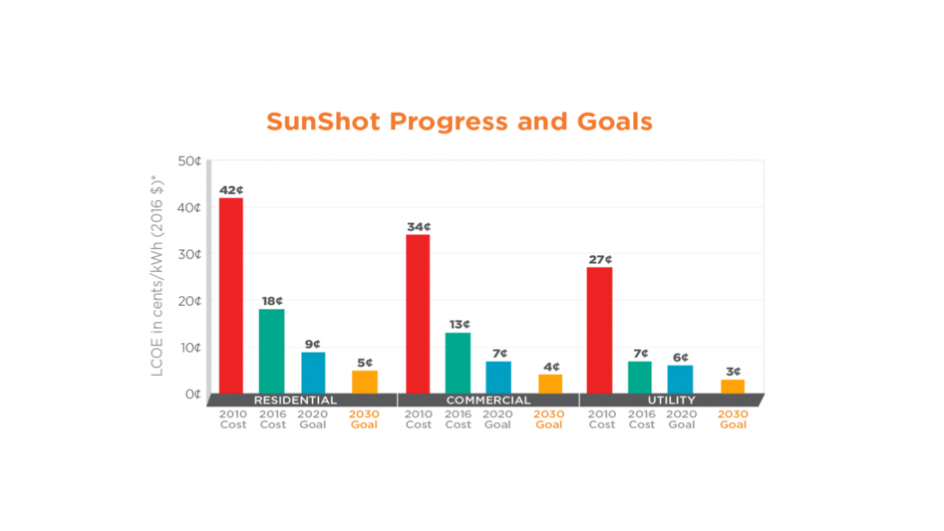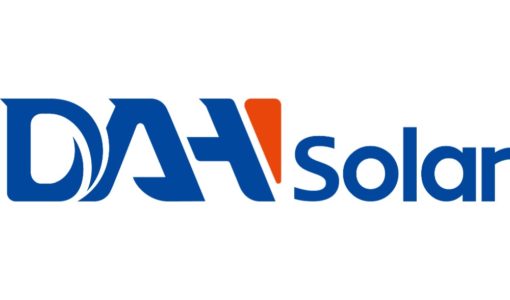- Five years after its start, the US SunShot Initiative has been able to achieve 90% of its targets, according to the US Department of Energy
- Today, the cost of utility scale PV power averages $0.07 per kWh, that’s close to the $0.06/kWh goal originally targeted in 2020
- Cost of electricity generated by solar are now targeted to come down by 50% between 2020 and 2030
- Sunnier US regions could see solar power costs going as low as $0.02 per kWh without subsidies by 2030
America’s flagship solar program SunShot Initiative has been able to achieve more than 90% of its goals much before the scheduled deadline of 2020. The Department of Energy’s (DOE) Office of Energy Efficiency and Renewable Energy is now eyeing 2030. It plans to cut the cost of solar generated electricity by 50% between 2020 and 2030.
Under the SunShot Initiative, that was launched in 2011, the US government had aimed for making solar power cost-competitive with traditional energy sources without subsidies by 2020. The goal was to reduce the cost of utility scale PV power to $0.06 per kWh. Today, the cost of utility scale PV power averages $0.07 per kWh. By 2030, the DOE is now aiming for solar power to come further down to $0.03/kWh for utility scale PV, $0.04/kWh for commercial PV and $0.05/kWh for residential PV – all without subsidies. In regions where the sun shines brighter, the cost for utility scale PV is supposed to decrease even further to $0.02 per kWh.
The administration hopes that once these targets are achieved it will lead to increased deployment for businesses and residential consumers as well. Acting Assistant Secretary David Friedman said, “Both SunShot and the solar industry have made major strides to reduce costs for innovative technologies which resulted in dramatic market growth and the creation of hundreds of thousands of American jobs. These new goals and funding will further push down costs, save American consumers and businesses money, and create even more jobs.”
DOE believes that achieving these targets in 2030 could ‘more than double the projected amount of nationwide electricity demand that could be met by solar in 2030 and beyond’.
The Energy Department has announced up to $65 million for three new funding opportunities, subject to congressional appropriations, that will help to reach its goals of further reducing the cost of solar energy and accelerate widespread deployment.












